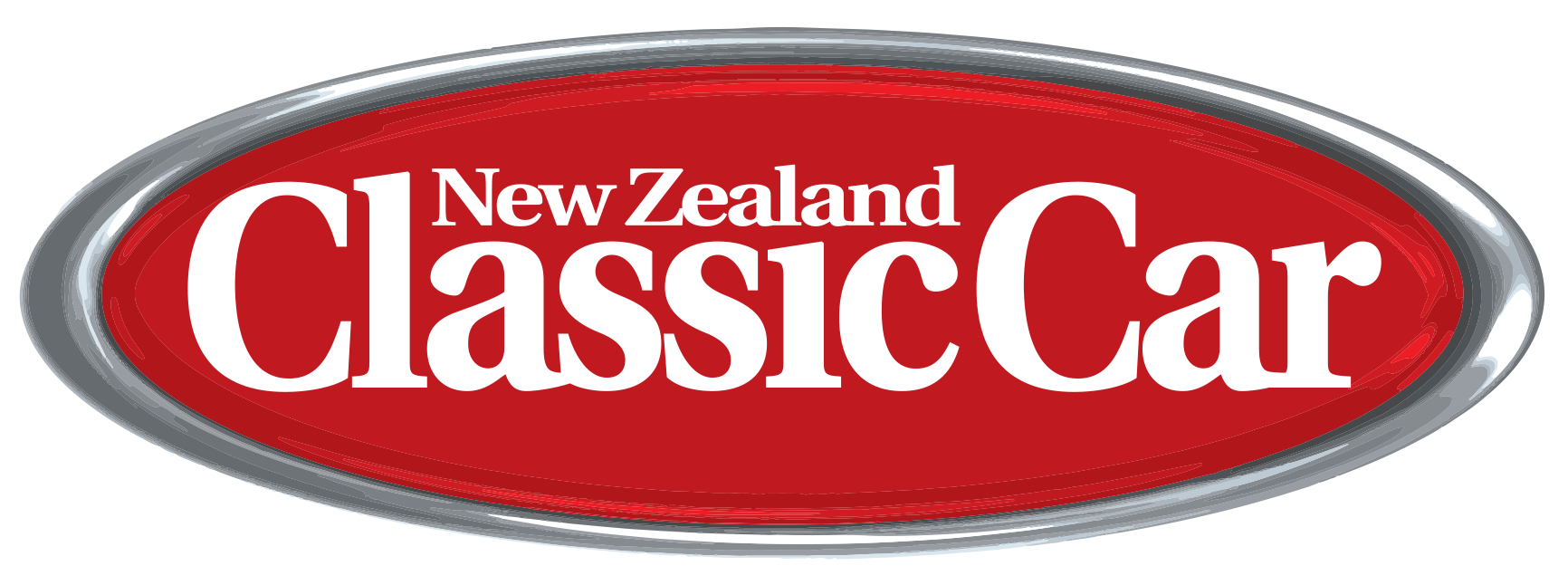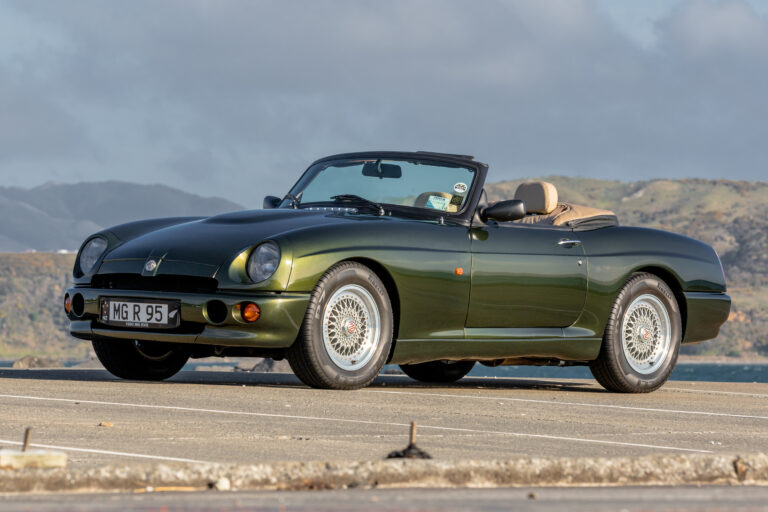
Back in the ’60s, Jaguar built 12 examples of marque’s famous Lightweight E-Type — a car that featured an all-aluminium body and engine block and a stripped-out interior. At the time, Jaguar had expected to construct a series of 18 examples between 1963 and 1964 but, at the time, they only got around to producing 12 — finally, fifty years later, Jaguar’s Heritage division is planning to complete the originally proposed run of 18 by building six more Lightweight E-Types using chassis numbers assigned but unused in the 1960s.
Originally produced specifically for racing, the Lightweight E-types were designed to take the fight to rivals from Ferrari on the track.
The six ‘new’ models will be built to the exact specifications of ’60s originals – including the all–aluminium 3.8-litre straight–six engine and aluminium body.
Pricing information will be revealed closer to the car’s launch later this summer but don’t expect these cars to be cheap, bearing in mind that one of those genuine Lightweight E-Type from the ’60s would set you back several million bucks.


